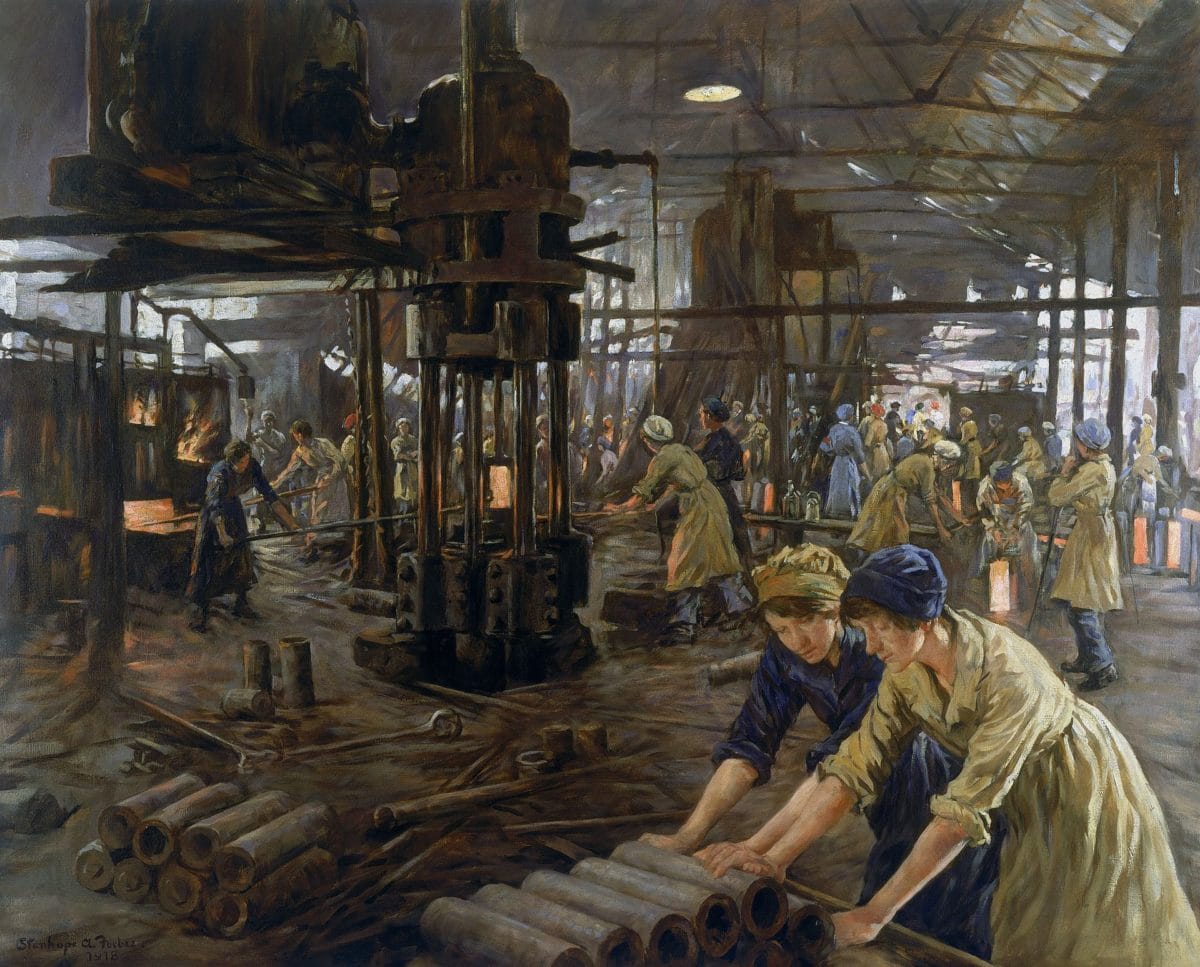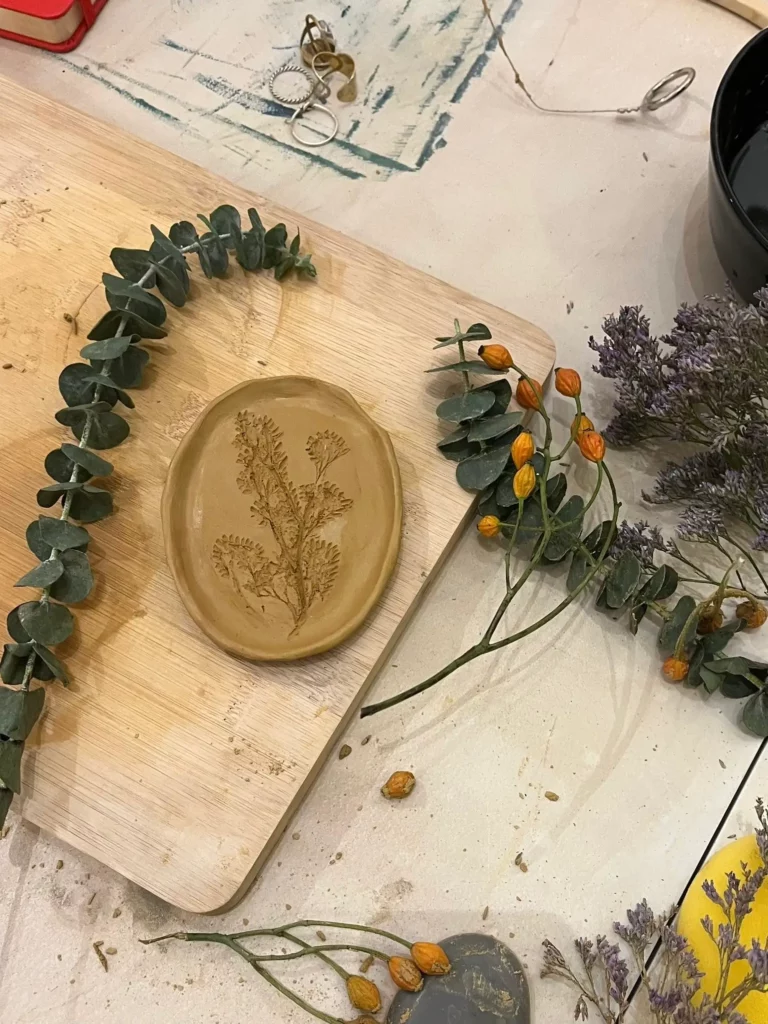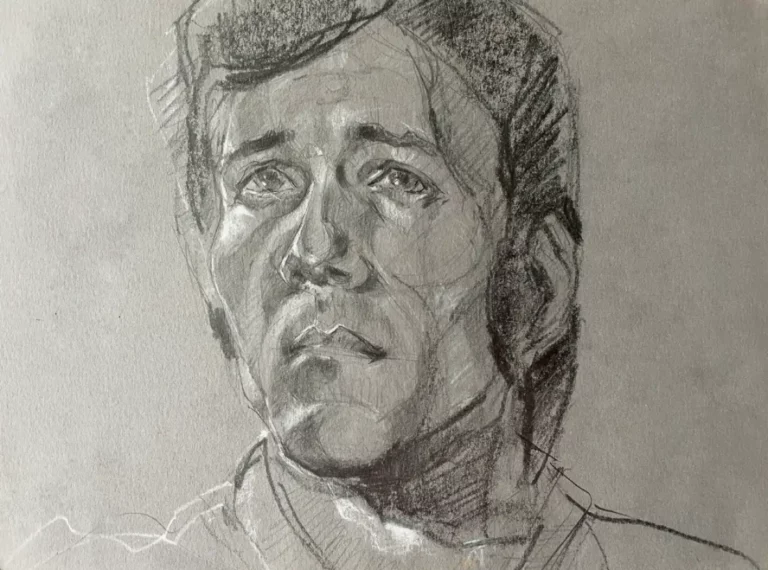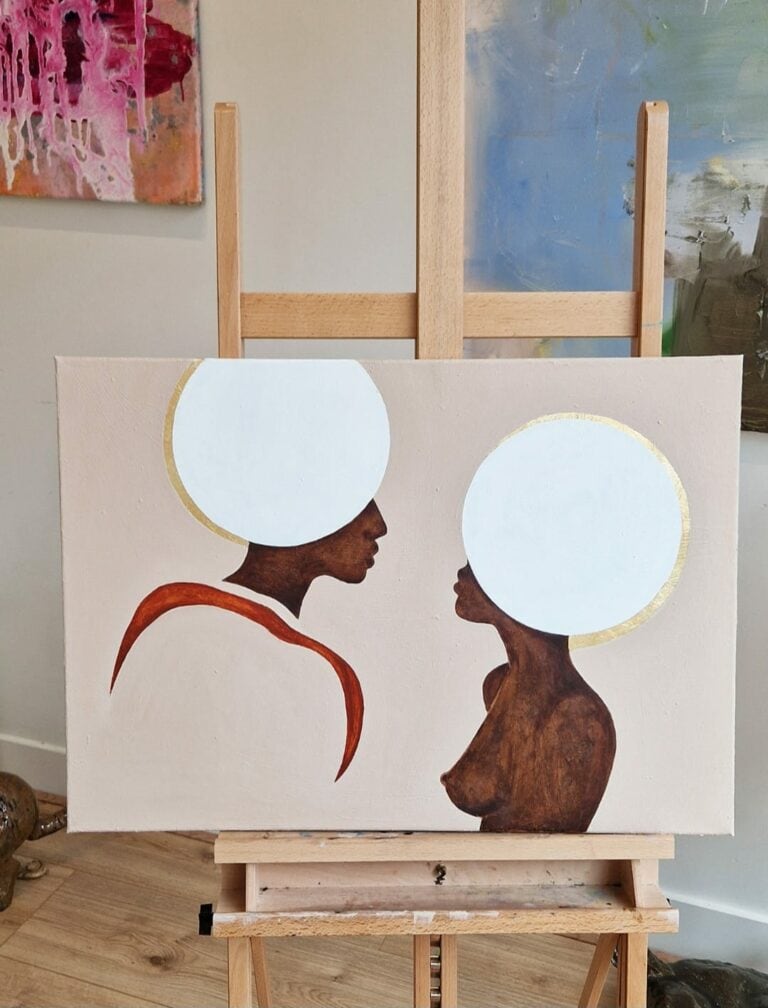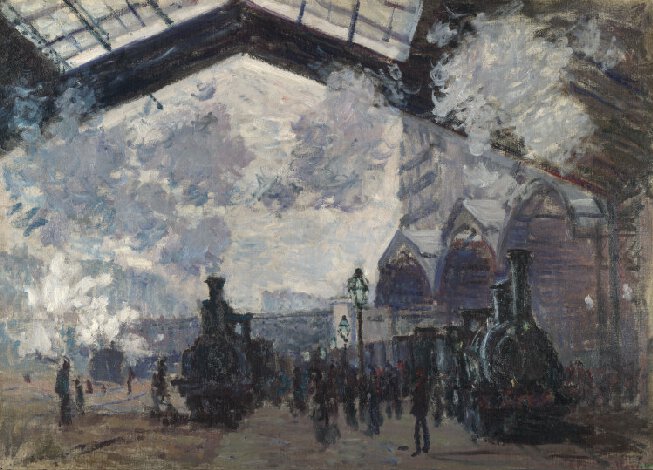
20 May 2021
Industrial Revolution: The Influence on art
With the industrial revolution, important inventions were born, and with them important changes that profoundly marked the history of humanity, thus was its beginning, understood as a period of major and significant technological, socio-economic and social changes collectively. With the advances obtained from the creation of the multi-bovine spinning machine, which greatly optimized textile production, added to the great leap in commerce with the invention of the steam engine, which promoted the improvement of transportation routes, the technology of mass production and distribution began, almost completely replacing manual labor.
Many paths were opened to art and architecture, but all of them can be summarized in one: the freedom of creation. The influence of the industrial revolution in art had its continuity in artistic expression. Since then, and even today, art continues in the same direction.
Now, how does art and architecture behave in the face of such a drastic change? How does the demand for technology and mass production affect the handcrafted creation of unique pieces? What is the collective perception towards the individually produced in comparison to mass production? These are some of the many questions that arise in the face of such a radical transformation; which are developed first in the initial reluctance that provoked the arrival of massive technological innovations in the artistic groups of the same period.
Then, the adaptation of art with the new materials and the desire to convert the everyday into something more than simple functionality; finally, the current tendency to return to the traditional methods of art and production will be exhibited, highlighting the growing interest in the do-it-yourself, trying to return to originality and exclusivity, contrary to mass production.
Contrary to what the Frankfurt School (Horkheimer, Adorno, Marcuse, …) argued at the time, the Industrial Revolution was a positive event for art, in general, since it tore it away from its aristocratic and courtly iron grip and opened, to a large extent, its doors to expression and its delight, in new media, by new classes. The influence of the industrial revolution in art is still very current and very visible.
Although the Industrial Revolution brought about an unparalleled extension of wage labor and capitalist exploitation to the entire planet, with the consequences and social conflicts that this entailed, by multiplying the productivity of human labor, it made it possible, in the long run, for a multitude of trades not directly linked to manual and productive activity to emerge… and this had a direct influence on human artistic activity, both in the variety of content and in artistic forms.
The main consequence of the influence of the industrial revolution in art is that never before in history such a high proportion of skills and intellect could be devoted to cultural production.
The debate on whether this art is of greater or lesser quality in relation to that of previous eras is an endless and sterile – sorry – debate for snobs. The objective fact is that, thanks to the Industrial Revolution, the supports, the themes and the total amount of artistic currents are today much more numerous and varied than in previous times. Their transmission is also much easier and more direct.
Before the so-called Industrial Revolution, what is understood by “art” was often something that was only available in certain economically affluent circles or linked to relatively powerful relationships. After the impact of what is referred to as the Industrial Revolution and as a direct influence of it, “art” is much more widespread among the population, artists can reach a much wider public, interested people have many spaces to learn, study and make contact with “masters”.
On the other hand, due to the development of the industrial revolutions, we are witnessing a rapid growth of cities and, consequently, the consolidation of models of urban life. Now the city becomes a multiple space, in which the ordered bourgeois areas coexist poorly with the suburbs in which the working-class settles.
Thus, urban geographies will reflect the new social division that characterizes emerging capitalist societies. And, in this way, urban planning reappears with force, the need to proceed to the planning of the growth of the city, so that its various elements can fulfill the functions for which they are intended. New materials appeared: iron, glass and cement. Iron had been used since ancient times as a complement to architecture for staples or joints in general, but it was not until the 18th century that iron was sufficiently consistent to be used in construction.
Cast iron, replacing wrought iron, allows the manufacture of long beams but also allows the production of ornaments at a reduced cost. Glass also became very important thanks to technical developments which, at the beginning of the 19th century, made it possible to produce sheets of up to 2.50 x 1.70 meters. Cement did not make its appearance until the end of the century, and although it hardly influenced the architectural conception of the 19th century, it did anticipate the constructive and structural value of 20th century architecture.
In general, architecture is becoming receptive to new technological advances and, as opposed to tastes more anchored in tradition (neoclassicism, historicism), this century will see the origin of what we could consider the initial modern architecture: that which erects the first “skyscrapers”, which resorts to concrete slabs and glass or which uses iron on a massive scale. We will also find an architecture of iron, which makes this material its main constructive element. It is a cast iron, which makes it possible to produce large pieces and build complex structures with them, often completed with glass closures, another of the novelties of the time.
The most curious artistic case in the influence of the industrial revolution in art, is that of the Impressionist movement in painting and its coexistence with the then new technique of photography (from 1839 with the first images created by Daguerre until the beginning of the 20th century). The impressionists were always very peculiar in the way they dictated their laws, in the sense that there were more people living in the exceptions than in the rules themselves, at least as far as color composition was concerned.
For example, curiosities of the color black, the impressionist painters did not consider black as part of their chromatic palette, since the dark tones should be represented through the combination of colors and not with a single hue; but curiously black was the preferred color of composition of famous members of this current, as Auguste Renoir (for whom black was “the king of all colors” and Vincent Van Gogh, who said that whoever tries to suppress the black “has nothing to do”.
One of the reasons for the rejection of black was, precisely, to offer something that photography could not yet achieve: the impression of color; to create an artistic piece where the optical effects of the colors were everything. Moreover, in order to offer something different from photographic realism, the Impressionists began to consider for the first time the disinterest of a “model” pictorial narrative in order to investigate the field of color perception and its effects, the transmission of sensations and feelings, etc.
But, in spite of this “masked war” towards photographic technology, many of these artists used these new techniques to achieve a better result in their creations. An example of this fact is the artist Edgar Degas, who took advantage of the photographic technique, superimposing plates to then compose with them the sketches for his paintings.
Related Posts
Art Events
Bloom into Spring with our Flower Press Ceramics Workshop
Discover the beauty of flower-pressed ceramics in this hands-on workshop! Over two captivating hours, you'll learn to create a unique hand-built plate using dried blooms and other natural elements. Whether you're a beginner or seasoned artist, Lorena will guide you step-by-step as you explore this enchanting decorative technique.
Art Events
Portrait Drawing Masterclass: explore lines, shapes and expression
I’ll guide you through some basics of creating a portrait using pencil and some other additional materials. What is really important for you to learn is to observe and pay attention while drawing someone’s portrait. As an academically trained painter I spent countless hours improving my portrait drawing skills, which I will be very happy to share with you. Knowledge has no meaning, if it’s no shared.
Art
That’s Life – Annet van Belkom
In her newest series, That’s Life, Annet draws inspiration from the song ‘That’s Life’ by ‘Scorz’ to express the idea of life happening in cycles. The introduction of the electronic music track is accompanied by a beautiful story about life and reflects on the idea of who we are as humans and the continuity of […]




